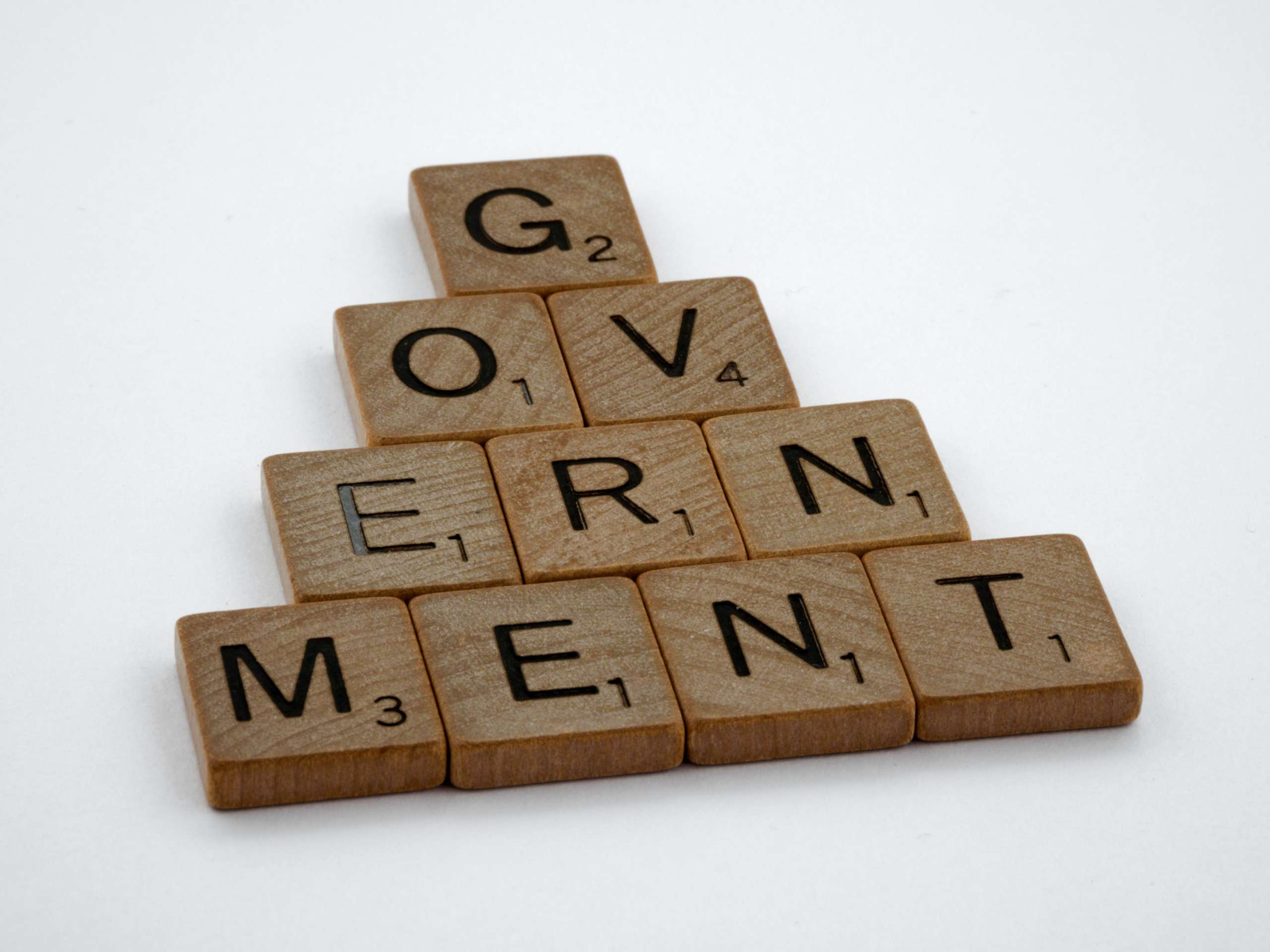Introduction
In the world of politics, image is everything. Elected officials understand the importance of public perception, especially when election season is on the horizon. It’s during these crucial periods that politicians often engage in a flurry of activities like sending out newsletters, visiting churches and local unions, and taking pictures with constituents. While these actions may seem like genuine efforts to connect with their constituents, it’s essential for those in the know to remain vigilant and not be fooled by these marketing elements. In this blog post, we’ll delve into the world of political campaigning and explore how to see beyond the campaign facade.
Newsletters: More Than Just Words
Newsletters are a common tool for elected officials to disseminate information about their accomplishments and upcoming plans. While it’s important to stay informed about your representatives’ work, it’s equally crucial to scrutinize the timing and content of these newsletters.
- Be skeptical of timing: Often, newsletters flood your inbox right before an election, highlighting achievements that may not have been as prominently featured during their term. This could be an attempt to sway your vote.
- Fact-check: Verify the claims made in these newsletters. Are the accomplishments significant, and do they align with the politician’s overall record? Be wary of selective information.
Church and Union Visits: Separating Faith from Politics
Politicians visiting churches and local unions is a common campaign strategy to appeal to specific voter demographics. However, it’s essential to recognize the distinction between genuine engagement and mere photo opportunities.
- Assess sincerity: Pay attention to the frequency of these visits. Do they only occur during election seasons, or is the elected official consistently engaged with these communities throughout their term?
- Evaluate their message: Are their speeches at these venues focused on genuine community concerns, or do they merely deliver rehearsed campaign talking points?
Pictures with Constituents: More Than Just Smiles
A picture is worth a thousand words, but it can also be deceiving. Politicians often take pictures with constituents to create an image of accessibility and approachability. While this can be a positive way to connect with voters, it’s crucial to look beyond the photo.
- Look for consistency: Does the elected official regularly engage with constituents beyond election cycles? Consistency is a key indicator of genuine commitment.
- Research their voting record: Actions speak louder than photos. Investigate their voting record and legislative initiatives to determine if they align with the interests of their constituents.
Be Ever Vigilant: Your Role in Holding Officials Accountable
As voters and engaged citizens, it’s our responsibility to stay informed, ask questions, and hold elected officials accountable for their actions. Don’t be swayed solely by campaign tactics; instead, focus on their track record and commitment to the community.
- Participate in town hall meetings: Attend public meetings and town halls to ask questions and voice concerns directly. This is an opportunity to gauge an official’s dedication to your community.
- Research and fact-check: Utilize credible sources to fact-check claims made by politicians. Investigate their voting history and legislative accomplishments to ensure they align with your values.
- Encourage transparency: Advocate for transparency in government and demand that elected officials are open about their campaign funding sources and their priorities in office.
Conclusion
Election season can be a time of heightened political activity, but it’s also a time when politicians may resort to campaign tactics that may not truly reflect their commitment to their constituents. As responsible citizens, we must remain vigilant and look beyond the marketing elements of newsletters, church and union visits, and photos with constituents. By actively engaging with our elected officials, researching their records, and demanding transparency, we can ensure that our democracy remains strong, and our representatives truly serve the best interests of our communities. Remember, a well-informed electorate is the cornerstone of a healthy democracy.

